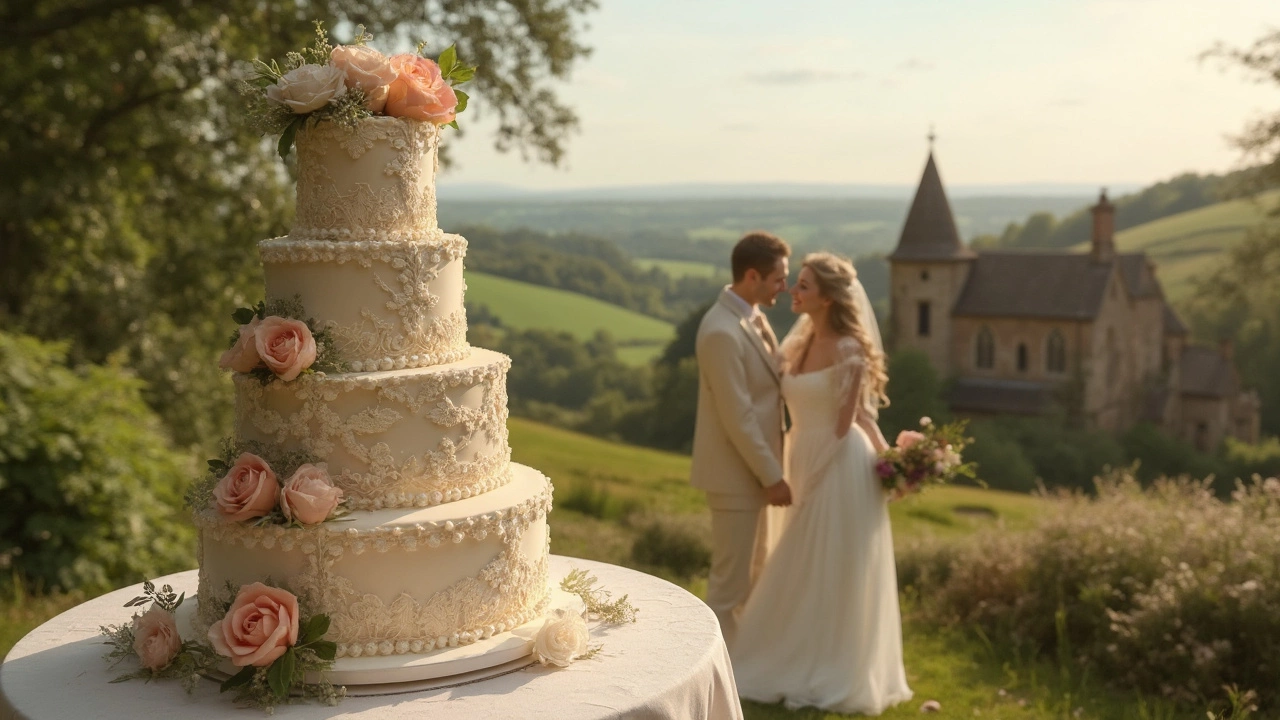
Wedding cakes are not just sweet treats; they pack a punch of tradition and symbolism. Ever wondered why we even bother with them? Well, historically, these cakes have been all about bringing sweetness into a couple’s new life together. It’s like saying, 'May your marriage be as delightful as this cake.'
Back in Roman times, folks used bread instead of fancy cakes, and they broke it over the bride’s head. Fortunately, these days, we just slice into sugar-laden creations instead! The layers you see? Those aren't just for show. People believe that each tier represents something: the past, present, and future—stacked together, showing how life is a mix of experiences.
- History of the Wedding Cake
- Symbolism of the Tiers
- Cultural Variations
- Cake-Cutting Ceremony
- Exchanging Bites
- Making Your Cake Meaningful
History of the Wedding Cake
The story of the wedding cake goes way back, like way before fancy fondant and Pinterest were a thing. Let's rewind to ancient Rome. You’d be surprised to know the original staple was not a cake but bread. Yep, a loaf of barley bread to be precise! The groom would break it over the bride’s head as a symbol of domination – not quite our modern idea of romance, right?
Jump forward to medieval England, and things got a bit sweeter. They had these spiced buns and scones stacked as high as possible. The couple had to kiss over this pile without toppling it to ensure a lifetime of prosperity. A bit of balancing act, if you ask me!
By the 17th century, the cake evolved to a more recognizable tiered form. The French have a bit of credit here with their 'croquembouche,' a tower of cream-filled pastries. By the 19th century, wedding cakes as we know them started to take shape, particularly after Queen Victoria’s wedding where she had a huge white cake. That white, by the way, wasn’t just for show; it symbolized purity. And of course, it was only possible for the wealthier folk since sugar was a luxury.
The industrial revolution brought more access to resources, so icing became common, leading to the grand multi-tiered dreams we love today. In short, the symbolism of the cake has evolved from power and prosperity to celebration and unity, with each layer now stacking love and sweetness, rather than just bread or buns!
| Era | Wedding Cake Type | Significance |
|---|---|---|
| Ancient Rome | Barley Bread | Symbol of Domination |
| Medieval England | Spiced Bun Pile | Symbol of Prosperity |
| 17th Century France | Croquembouche | Symbol of Elegance |
| 19th Century Britain | Tiered Cakes | Symbol of Purity |
Symbolism of the Tiers
When it comes to wedding cakes, the tiers aren't just about being extra or fancy. They actually have a story to tell and carry deep meanings that many find intriguing. Traditionally, the tiers were seen as a reflection of the couple's journey: past, present, and future, all stacked one over the other.
Each tier has its own narrative. The bottom tier is usually the largest, symbolizing the foundation of the marriage—this is where the couple's future is built upon. It's often the tier that's shared with guests, representing the community's role in supporting the couple.
The middle tier typically stands for the present, the ongoing journey the couple is experiencing together. Many couples choose to save this tier for personal celebrations, like their first wedding anniversary, keeping the magic of their big day alive.
The top tier is all about the future, an optimistic nod to all that's to come. Traditionally, this tier was stored until the first child's christening, but nowadays, many save it for their first wedding anniversary. While stored cake might sound odd, it’s a cherished tradition for many!
Let's peek at how folks around the world have their own spins on these sweet layers. In some cultures, the number of tiers could represent blessings: more layers, more blessings. People in places like England might still use fruit cakes for these tiers due to their long shelf life.
In short, the symbolism of the tiers goes beyond just being cake on a platter. It's about celebrating all stages of life—a tasty reminder of the past, a sweet symbol of the present, and a hopeful glance at the future.
Cultural Variations
Wedding cakes have traveled across cultures and each culture puts its own twist on them. The idea of the wedding cake might seem universal today, but the details change from place to place. Let's peek into some of these fascinating differences!
British Royal Icing
In the UK, the traditional wedding cake is often fruitcake, soaked in booze and wrapped in layers of marzipan and hard white icing—not the fluffy kind we're used to but a dense, sugary concoction called royal icing. This style dates back to Queen Victoria's wedding, and people loved it so much it stuck!
French Croquembouche
Hop over to France, and you’ll often find a pyramid of cream-filled pastries called a croquembouche instead of a tiered cake. This tower of sweetness is held together with caramel threads and sometimes decorated with edible flowers or almonds. Très chic, right?
Mexican Pastel de Tres Leches
In Mexico, wedding cakes might have a dreamy, milky twist with the famous pastel de tres leches. Made with three types of milk, this cake is rich and moist. It’s so soft, it practically melts in your mouth!
Japanese Mochi Cake
Japan offers another unique twist with their wedding cake. It's quite common to have mochi cakes—soft, chewy rice cakes symbolizing strength and unity. Often these sweets are formed into lovely floral shapes, showcasing the artistry Japanese weddings are known for.
Indian Sweet Tower
In India, the concept of a traditional tiered cake's still catching on, but you’ll find grand displays of sweets like ladoos and jalebis. These towers of sweets serve multiple purposes: They're not just a treat but also part of the cultural expression of abundance and sharing.
Wedding cakes are like a sweet map of the world, each one telling a story of love and tradition in its own way. No matter where you're from or what type of cake you slice into, it’s all about celebrating that beginning together!
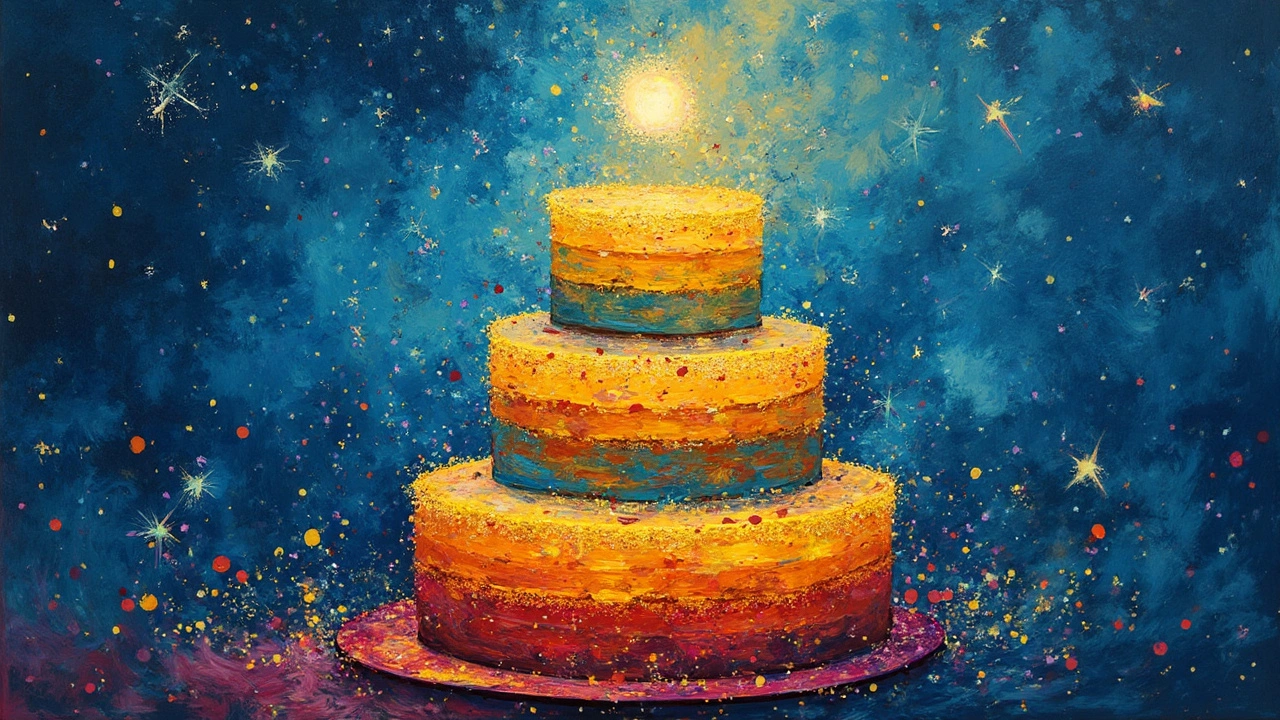
Cake-Cutting Ceremony
The cake-cutting ceremony is more than just another photo op at wedding receptions. It's a symbolic gesture of the first task a couple performs together as partners. Traditionally, the groom places his hand over the bride's as they slice into the cake, representing unity and teamwork in their budding marriage.
Why This Ritual?
The custom has evolved alongside wedding traditions, but the meaning remains: cutting the wedding cake opens the door to a new life filled with partnership and shared responsibilities. In many cultures, this act signifies good luck and prosperity for the couple.
"The cake-cutting ceremony signifies the first joint task in a newlywed couple’s life, sealing their commitment and sweetness in their journey together," says wedding historian Clara Bennett.
Steps to a Memorable Cake Cutting
- Plan Ahead: Inform your photographer when the ceremony will happen so they can capture the moment beautifully.
- Choose a Special Song: Picking a sentimental tune to play during the cake cutting can add a lovely touch.
- Keep it Light: Some couples gently feed each other while others go for a playful approach with a bit of cake smashing. Decide what suits your vibe best.
Fun fact: According to a recent study, over 87% of couples choose a playful approach, opting to gracefully feed each other a piece instead of face-smashing antics.
Adding a Personal Twist
If you want to add a unique flair, consider including elements of your cultural heritage in the ceremony. This could be traditional blessings or serving a customary sweet alongside your wedding cake. These touches can make the moment even more meaningful and memorable.
Exchanging Bites
You’ve probably seen the moment when a couple ceremoniously feeds each other the first piece of their wedding cake. But did you know this sweet exchange is more than just a photo op? It’s packed with meaning! This little tradition is a symbol of trust and commitment. It’s like the couple is saying, 'I’ve got your back, and I’ll take care of you.'
Interestingly, this ritual varies around the world, and in some cultures, there’s a fun twist. For instance, in some places, instead of a gentle bite, the couple playfully smears cake on each other's faces. This playful act is a modern twist symbolizing fun and spontaneity in marriage.
Building Trust and Bond
The gesture is really all about sharing and nurturing each other from day one. Imagine feeding someone a piece of cake—it requires trust not to end up with cake up your nose, right? In the bigger picture, it reflects how couples will provide for and support each other through life's journey.
Customs and Etiquette
In traditional settings, this act is accompanied by cheers and claps from guests, making it one memorable moment. However, etiquette suggests not being too messy, especially if the wedding cake cut is a formal affair in your family. But hey, every celebration is different, and how you do it is totally up to you!
If you’re planning your cake moment, think about how you'd like to incorporate this symbol of nurturing into your ceremony. Whether it's a clean bite or a friendly smear, make it personal and fitting for you two!
Making Your Cake Meaningful
Your wedding cake shouldn’t just look good; it should tell your story. Think about incorporating elements that reflect your relationship or personal tastes.
Choose Flavors that Mean Something
A simple way to make your wedding cake special is by choosing flavors that hold memories. Maybe it’s the lemon elderflower cake you both enjoyed on your first date or the rich chocolate you love sharing on movie nights.
Customize with Decorative Elements
Toppers and decorations aren’t just for aesthetic appeal. Add personalized cake toppers with your names or initials. Some couples add a small figurine or an edible decoration that symbolizes something unique about their journey together.
Design for a Personal Touch
If you love nature, incorporate edible flowers or a rustic design. Are you history enthusiasts? Opt for a vintage look that bridges your passion and style.
Share a Message
Why not include a short, sweet message? Whether it’s a special quote or a few meaningful words, adding a personal note can make your cake a memorable part of your day.
Sample Before You Decide
Always taste your cake before the big day to ensure it meets your expectations. Many bakers offer tastings—take advantage of them.
Whether you lean towards a traditional three-tier or a modern naked cake, integrating personal elements can make the simple act of cutting your cake an unforgettable moment.


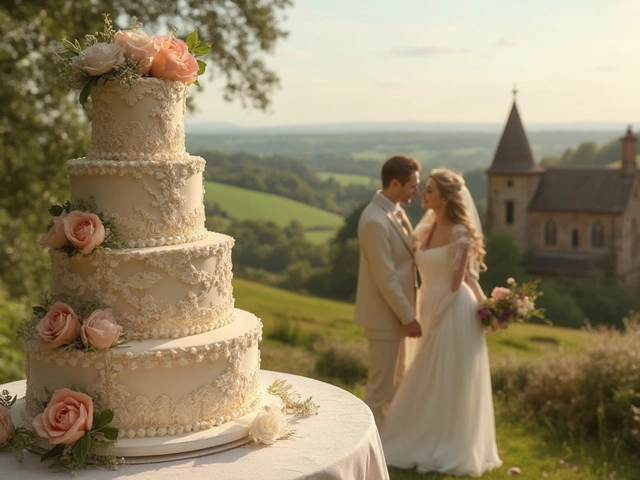
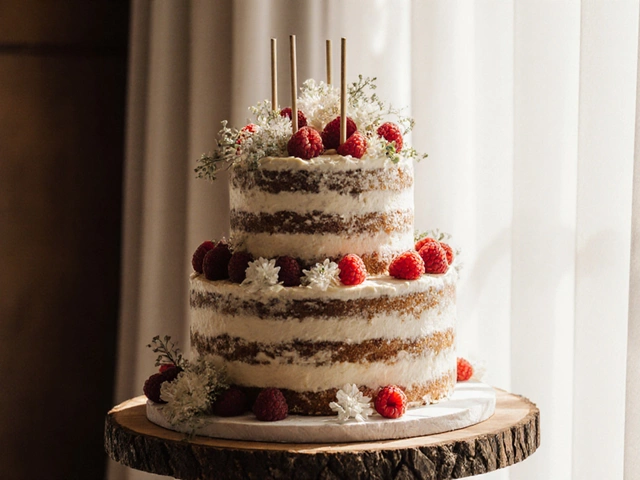
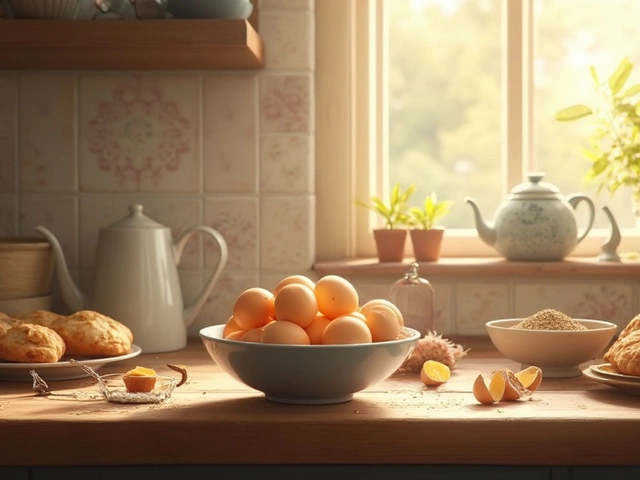
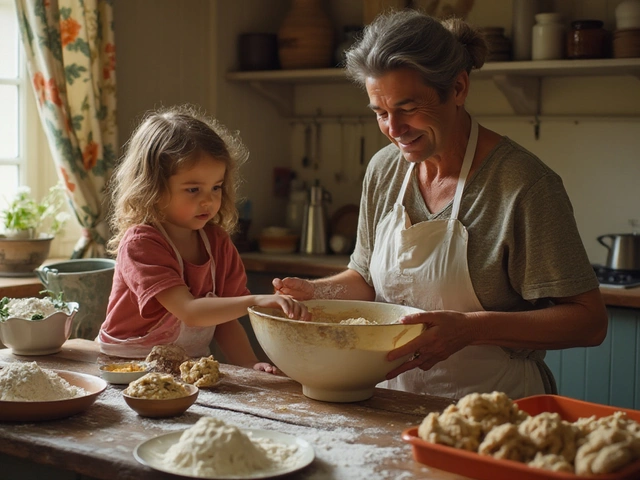
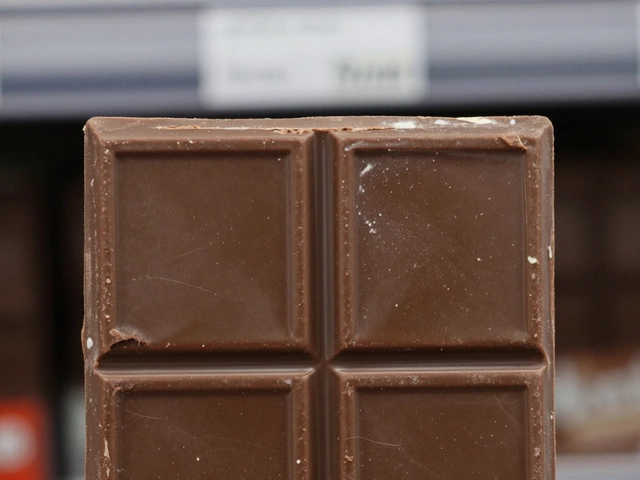
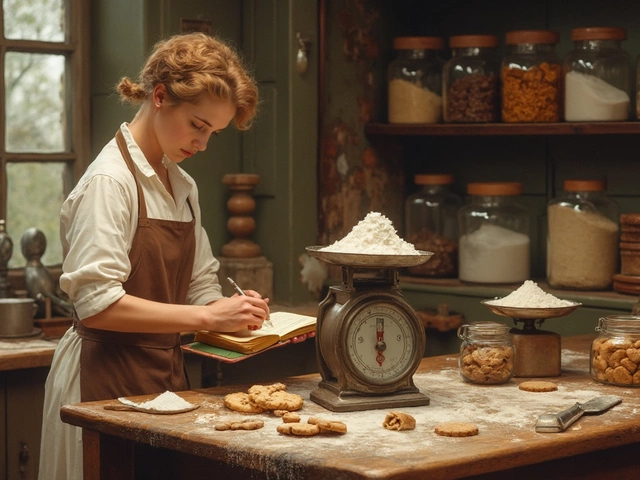
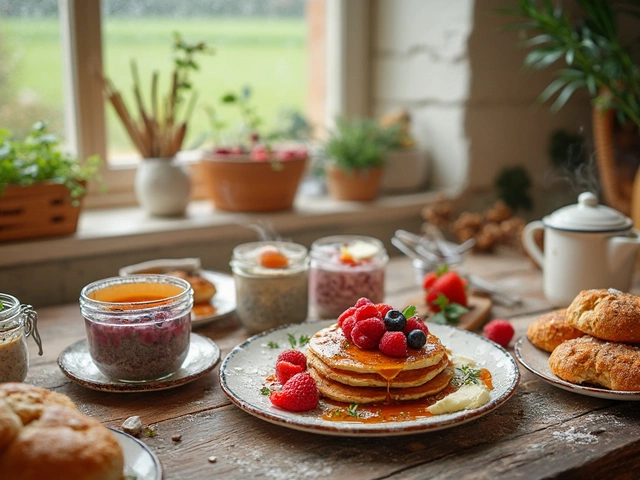
Write a comment